Some people advance as the years go by but not us! Our latest project is going back to World War 1 and the famous Sopwith Camel F1. I wanted the work to be as authentic as possible – a reproduction and not a replica. The plans are original but I can always do with more information on the Sopwith Camel, pictures and parts from 1917. The Sopwith Camels were built for the French vintage register. Originally my primary role was the woodwork for 4 aircraft but I have had to extend my activities as the shortage of knowledge and skills became apparent and am completing 2. My first aircraft F-AZZC was the prototype, being used to test all elements of the build. Most of the detailed pages on the Sopwith feature this aircraft. The DGAC authorised the test flight and on 24th September 2017 conditions were perfect and all went well until around 150 feet when the engine rich cut. The arrival back on the runway wasn’t pretty. I was OK but the Camel less so. I am now concentrating on second project, F-AZZB. The 3rd project went to New Zealand and the 4th one is being offered for sale by Patrick Siegwald.
Original Sopwith drawings came from a 35mm film of the Sopwith Schedule. They were re-photographed and digitized on the computer. We have other original documentation. Purchased Replicraft drawings came on 6 large sheets and appear to have been redrawn from the Sopwith originals. Contacts have helped source other drawings but we still have information gaps and there are a number of inconsistencies.
Cross- referencing against museum aircraft is fraught as many are replicas themselves and not necessarily built to 1917-18 specifications. Both the Brussels and Krakow Museums have been particularly helpful and have authentic aircraft. We are grateful to many specialists and enthusiasts, some of whom you will see on the detailed pages. In particular, we would mention Northern Aeroplane Workshops who built a Sopwith Camel for the Shuttleworth Collection. Let us know if you can help.
Additional information sources include: Windsock Datafiles, World War 1 Aero Magazines, Cross & Cockade WW1 Aero Historians Magazines and various books specific to the Camel, the le Clerget engine or air warfare in WW1.
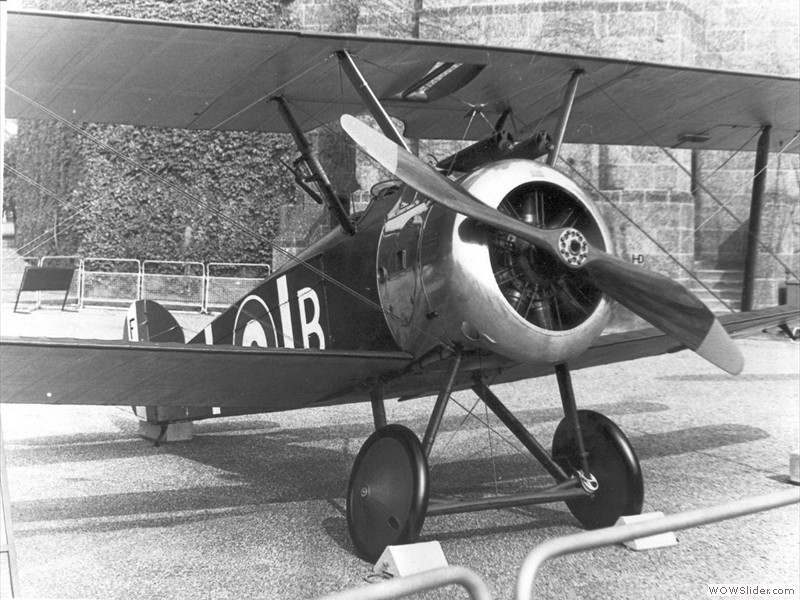
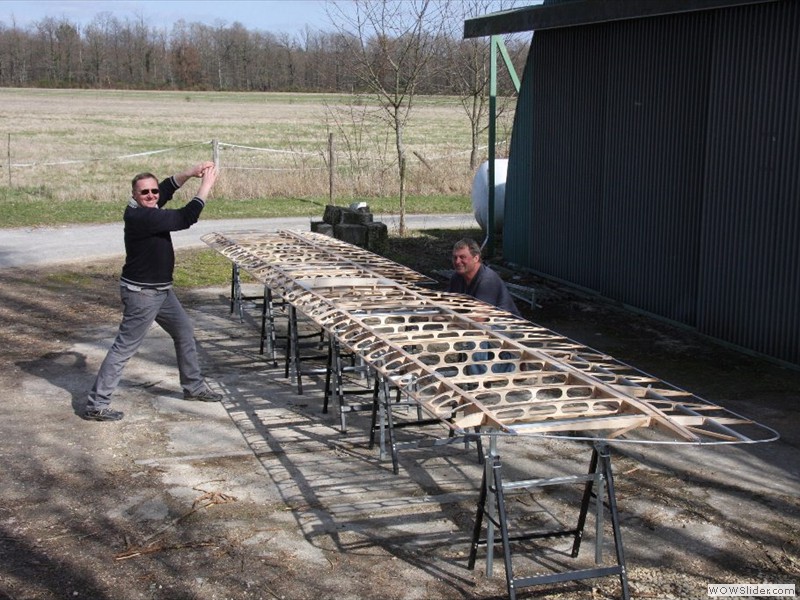
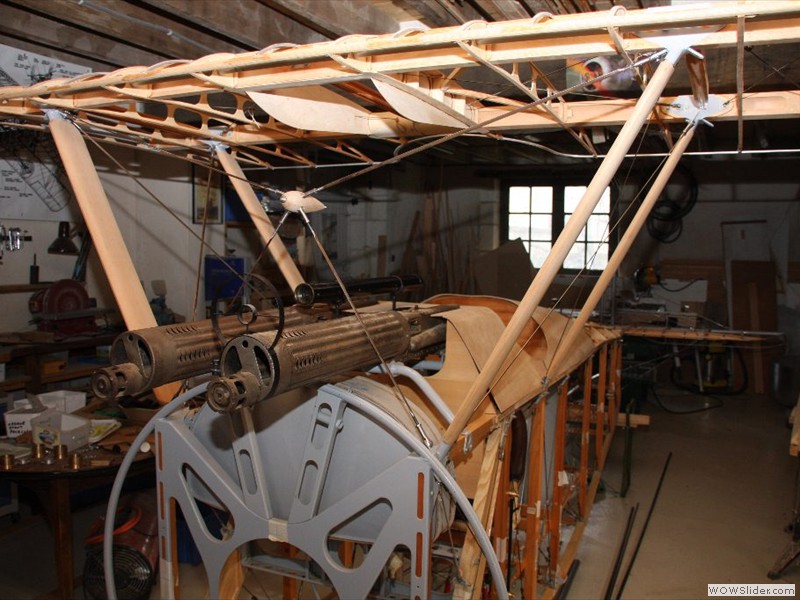
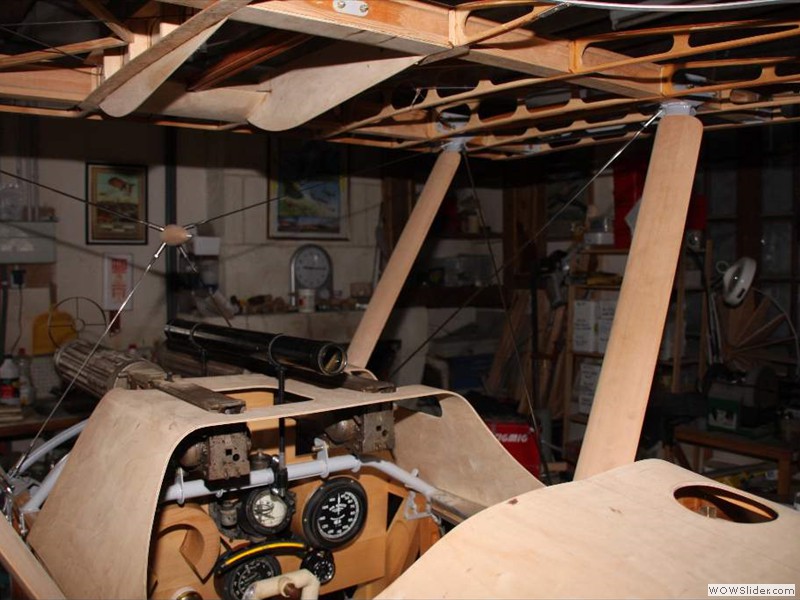
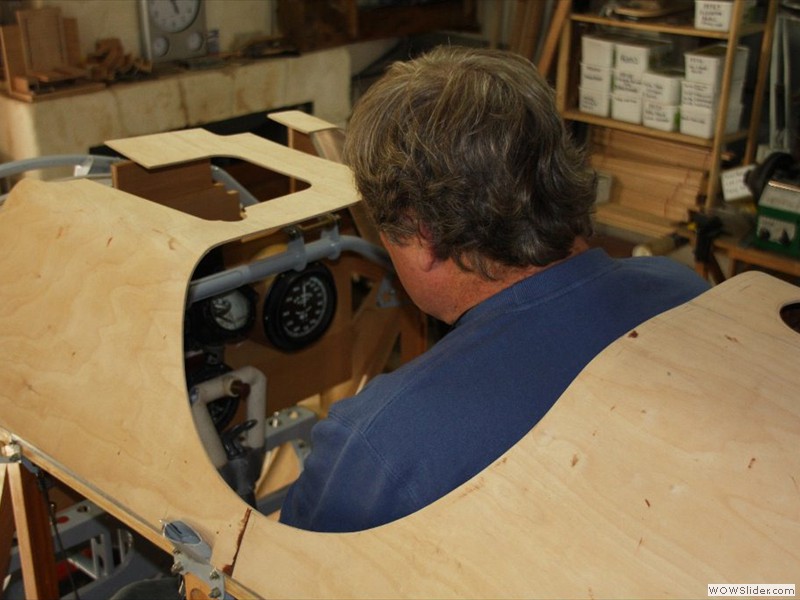
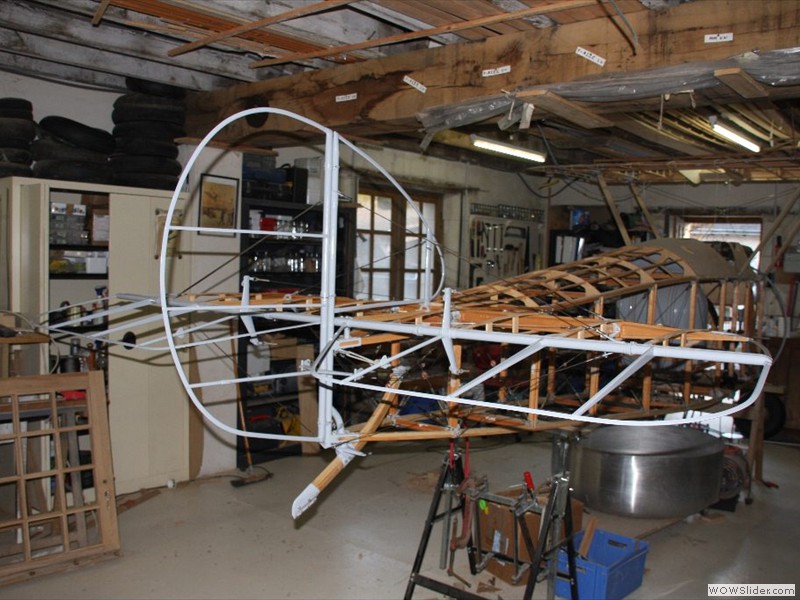
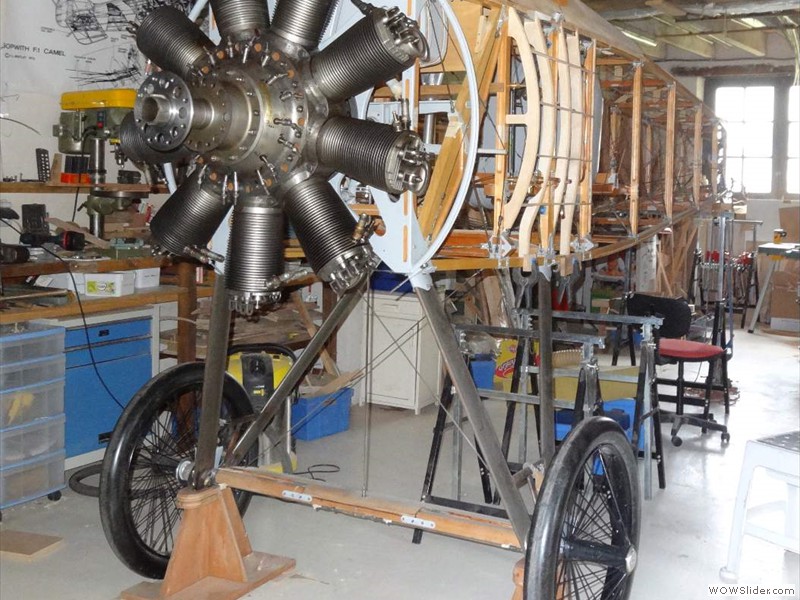
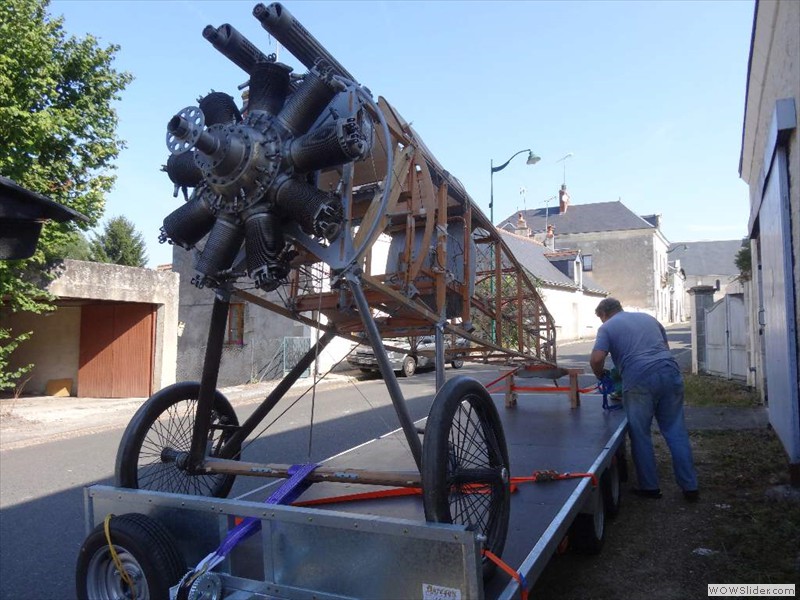
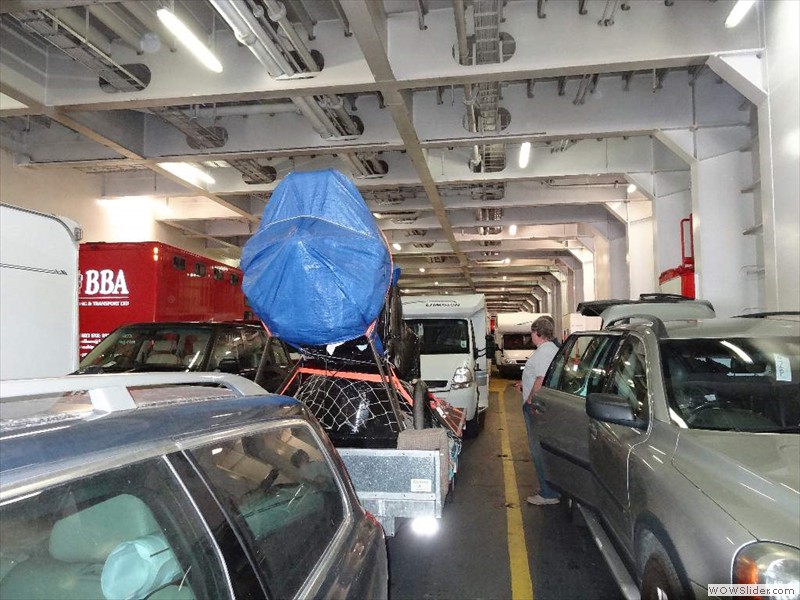
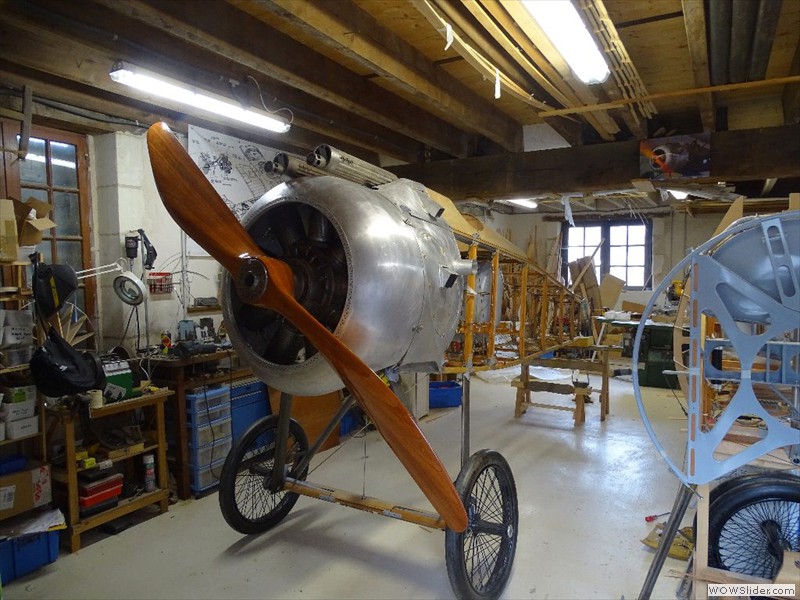
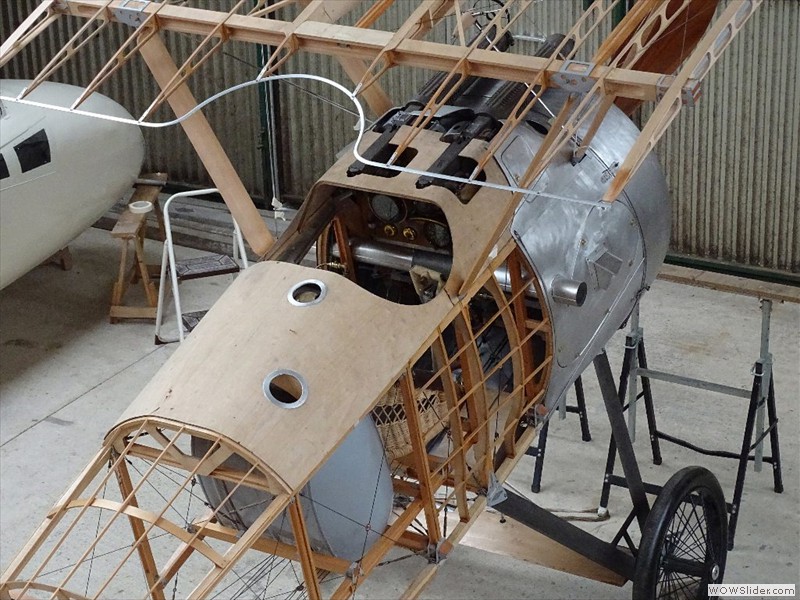
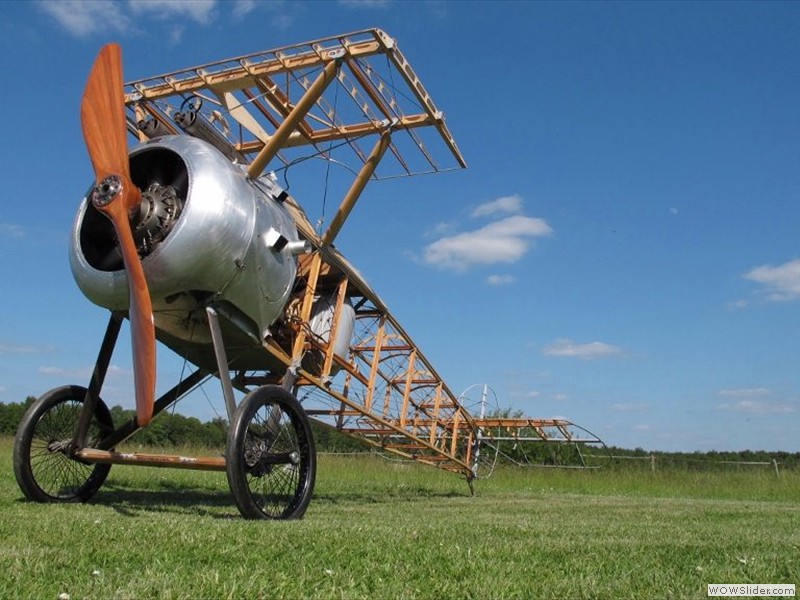
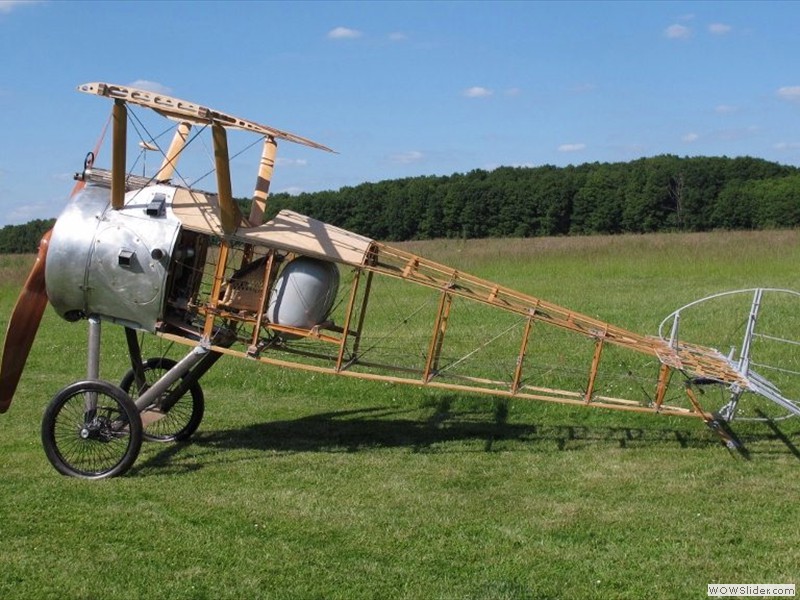
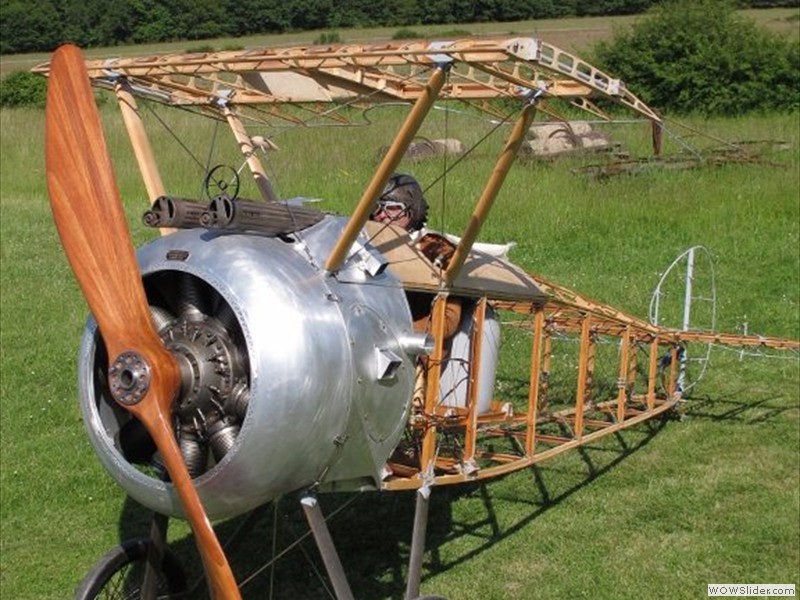
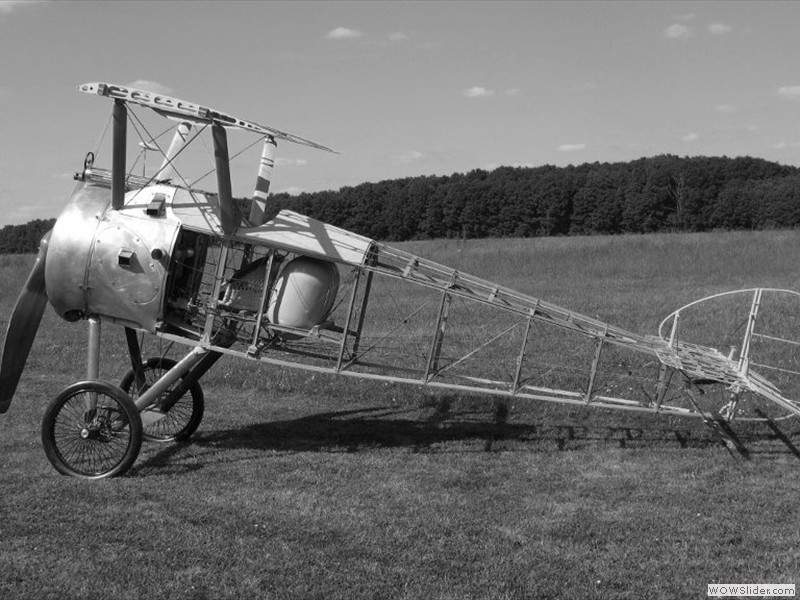
 1
1 2
2 3
3 4
4 5
5 6
6 7
7 8
8 9
9 10
10 11
11 12
12 13
13 14
14 15
15



